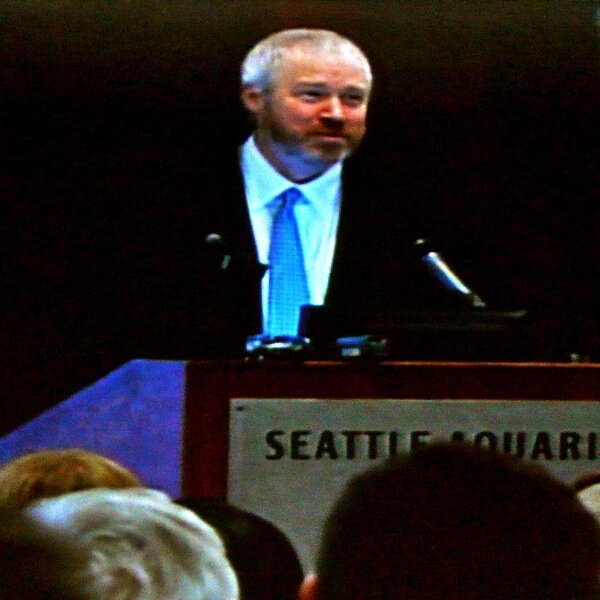Reasonable people can disagree about Viaduct replacement pros and cons; it’s partly a question of priorities in the face of uncertainty. It’s very difficult to settle on 50- or 100-year infrastructure, knowing that our predictions are likely to be wrong. By default, we argue disguised versions of today’s more immediate needs and preferences.

But look at how the New York Times, incredulous I like to think, chose to characterize their conversation with Governor Gregoire:
“Social engineering works in some places, like banning cigarettes in some places,” said Gov. Christine Gregoire, a Democrat. “Telling people you no longer can ride in your car isn’t going to work because this city is going to grow.”
See that? They actually need to confirm that Governor Gregoire is a Democrat. And not surprisingly–the “social engineering” talking point is usually found on right-wing talk radio and blogs. Yet here is a Democrat using her New York Times soundbite to repeat it, along with this incomprehensible “no longer ride in your car” statement.
Martin Duke, of the Seattle Transit Blog, is left with his mouth hanging open:
I have to point out that the Surface/Transit/I-5 option that Mike McGinn and Mike O’Brien support costs a total of $3.3 billion, and $2.3 billion of that is dedicated to highways. That level of expenditure, where 70% of the spending is on highways and 14% is transit, is equivalent to “telling people [they] can no longer ride in [their] car.”
To not be a car-banning totalitarian, it’s apparently necessary to support the $4.0 billion deep-bore tunnel project, which spends $3.1 billion on highways and zero on transit. According to our governor, any attempt to increase transit share in the corridor is the path to socialism.
Roger Valdez, at Crosscut, picks up on the same comment, and notes that while social engineering as a term of disparagement is preferred by the right wing, engineering of society happens whether you plan for it or not: “the fact is that Washington is already engaged in a massive social engineering project called the Alaskan Way Viaduct and Seawall Replacement project. It provides incentives to drive rather than take transit and it channels billions of scarce resources into a highway transportation solution that, based on the governor’s own policies, should be the last option.”
So, yes, social engineering is what the other guy is doing. That’s neither here nor there. Gregoire’s lapse into a Glen-Beckism on this issue could be forgiven as a one-time pander, but listen to her first response to the passage of a bill that simply strengthens the regulation of Washington’s existing medical marijuana, passed by initiative: “It’s changed dramatically from where it was in the senate,” Gregoire told media. “I have concerns.”
Democrats said things like: “I think this is a better system than we have now” (Rep. Christopher Hurst, D-Enumclaw). “We owe it to this state to be compassionate in these times” (Rep. Mary Lou Dickerson, D-Seattle). Gregoire had “concerns.”
The signal event of the Gregoire administration has of course been the recession. Gregoire has been willing to do the work of the tax-cut crowd for them, slicing into government programs again and again. In tears as she presented a budget she said wasn’t “moral,” she nonetheless has kept swinging away with a budget hatchet.
Except for some theoretically bipartisan attempts at “reforming” government–despised by right-thinking right-wingers because Gregoire can suggest nothing good–she has capitulated (along with our legislative Democratic majority) to the blind demand for belt-tightening even though she’s apparently not running for a third term.
No doubt there is some “fat” to cut here and there–and by fat I generally mean things that you’d prefer to have, but can skip or scrimp on for budgetary reasons–but the fact remains that Washington state has and continues to have a revenue deficit, not an out-of-control spending problem. (We had a surplus prior to the recession.) This coincides with hard times for many people in state, but what they need are jobs, not the spare dimes of tax “rebates.” Sadly, instead of jobs, the most consistent product of governmental cutbacks is another person in the unemployment line.
In the meantime, we have a governor fighting against social engineering.

